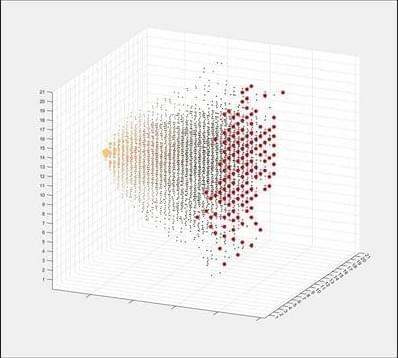With the insertion of a little math, Sandia National Laboratories researchers have shown that neuromorphic computers, which synthetically replicate the brain’s logic, can solve more complex problems than those posed by artificial intelligence and may even earn a place in high-performance computing.
The findings, detailed in a recent article in the journal Nature Electronics, show that neuromorphic simulations employing the statistical method called random walks can track X-rays passing through bone and soft tissue, disease passing through a population, information flowing through social networks and the movements of financial markets, among other uses, said Sandia theoretical neuroscientist and lead researcher James Bradley Aimone.
“Basically, we have shown that neuromorphic hardware can yield computational advantages relevant to many applications, not just artificial intelligence to which it’s obviously kin,” said Aimone. “Newly discovered applications range from radiation transport and molecular simulations to computational finance, biology modeling and particle physics.”










Comments are closed.